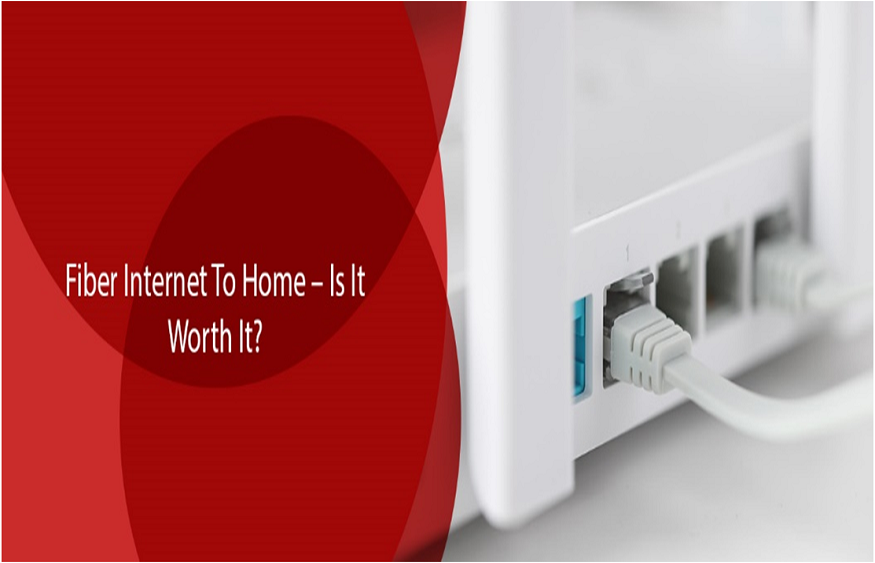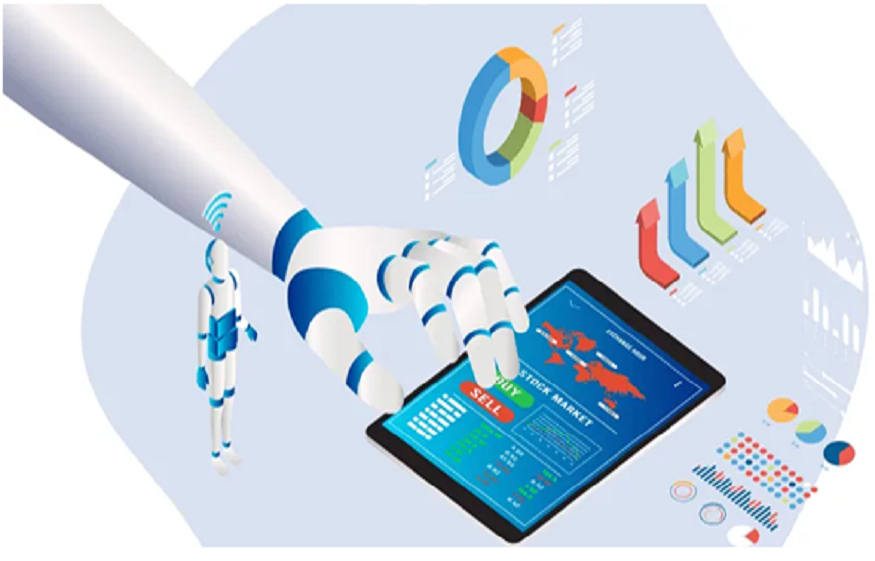
Fiber to the home (FTTH) is currently the most advanced form of internet connection for residences. Also called fiber to the premises (FTTP), it uses fiber technology for last-mile connectivity and involves running fiber-optic cables from homes to a splitter.
Fiber has a much broader bandwidth than Ethernet. It can easily handle internet speeds up to and higher than 50 Gbps which we may need soon. However, fiber to the home isn’t widely available and costs significantly more than cable internet where it is available.
It may not be worth it right now to upgrade to FTTH, and there may be an alternative way to get the benefits of FTTH at a much lower cost.
FTTH Explained
Fiber-optic cables are the most advanced means of data transfer today. These cables are made of glass or polymer that allows light to travel from one end to the other. They use a principle called total internal reflection to keep 100% of the light inside. This allows for a low signal loss rate even at long distances.
Fiber-optic cables have no theoretical bandwidth limit. The bandwidth also doesn’t depend on cable thickness, unlike coaxial cables. Fiber can transmit a lot of data at long distances without consuming a lot of power. This is why many ISPs are using fiber for their backbone infrastructure where data from all their users goes through.
Recently, ISPs have started offering fiber for the last mile as well. This is called FTTH. Internet connection is provided to homes directly via a fiber-optic cable instead of Ethernet. Here are some ways FTTH can improve the internet experience.
Benefits of FTTH
Future-Proof
Fiber-optic cables practically have no bandwidth limit. Research published in Nature reported successfully sending 1.84 petabits per second. This is equivalent to a data rate of 230,000 Gbps. There’s no reason to believe that higher speeds aren’t possible. Fiber-optic cables installed today can meet the growing internet speed needs for the foreseeable future.
Symmetrical Speeds
One of the unequivocal benefits of fiber of cable internet is symmetrical speeds. FTTH connections in the US have symmetrical upload and download speeds. So if you get a connection with a 1 Gbps top speed, you can download and upload data at 1 Gbps. This is different from cable connections where upload speeds reach 20 Mbps.
Lower Latency
Faster data transmission can lower latency. Nothing can travel faster than the speed of light in a vacuum. However, fiber-optic cables are made of dense materials in which light only travels at about 2.14 × 108 m/s instead of 2.998 × 108 m/s. Electricity in fiber-optic cables travels at around 2 × 108. So signals in fiber don’t travel much faster than signals in coaxial cable, but FTTH can still have slightly lower latency.
Much of the latency benefits of fiber come from its higher bandwidth. Fiber-optic cables in the backbone infrastructure allow more data to transmit at the same time, avoiding network congestion and improving latency. However, you don’t need FTTH for this, using an ISP with a fiber-rich backbone infrastructure such as Grande Communications can improve latency just as well.
Reliable and Long Lasting
Coaxial cables break down all the time. Various coatings and jacket materials are used to protect coaxial cables against the elements. However, they have one unavoidable flaw. Electronic signals passing through coaxial cables introduce resistive heat, which can degrade the cables over time. The only way to lower this resistive heat is to increase cable width, which is costly.
Fiber-optic cables are much stronger than copper cables. They also don’t have an internal source of degradation like copper cables do. With tough enough coating and jacket materials, fiber-optic cables can last for 40 years. This means a fiber-rich backbone network gives you far more reliable internet than a conventional network. FTTH cables are also expected to last a long time, so they’re a good investment.
Consistent Speeds
Using fiber for the backbone infrastructure allows ISPs to handle more traffic at a time. They don’t risk network congestion even at peak usage hours and don’t have to throttle internet speeds. This means you get consistently high speeds regardless of how many others in your network are using the internet.
FTTH Alternative
FTTH can future-proof your connection while allowing upload speeds as your download speed. However, almost all the other benefits of FTTH come from the ISP using a fiber-rich network. FTTH may become the only good option in the future, but cable internet from a fiber-rich ISP can deliver most of the benefits at much lower rates right now.
One of the best-known ISPs with a fiber-rich network in Texas is Grande internet. Grande has top download speeds of 300 to 1200 Mbps with top upload speeds of 20 Mbps. Grade internet is also contract-free and has a 2-year price lock. Talk to an authorized Grande retailer by dialing 844-381-0817 to learn more.



